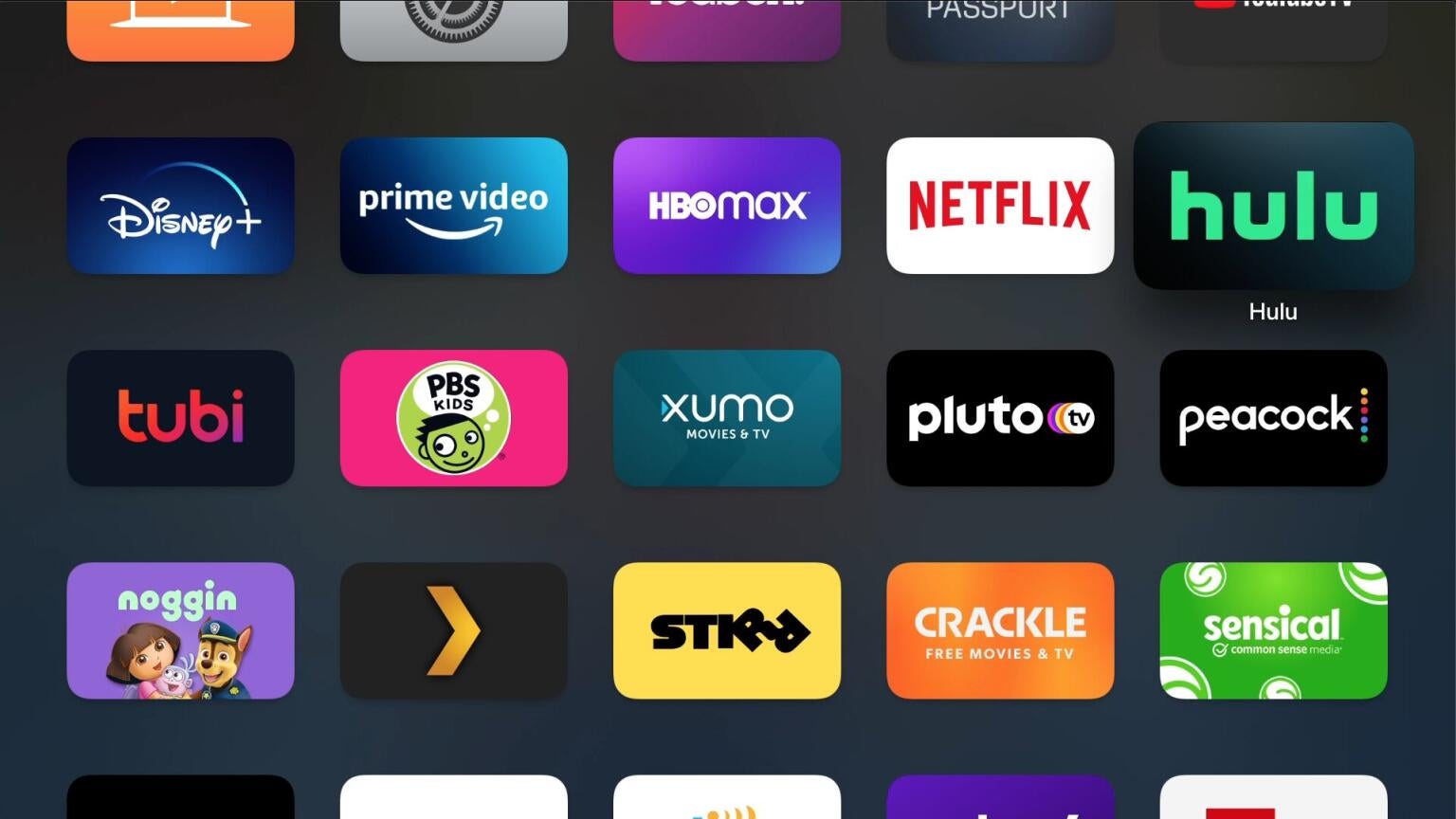
Have you ever gotten frustrated trying to navigate your favorite streaming app? If so, you’re not alone. A new report from Accenture details the problem, and goes a lot deeper than most expected.
The report — “Streaming’s Next Act: Aggregators to play a starring role in making consumers happier” — reveals that fully 60% of streaming service users are downright frustrated with streaming. Worse yet, 44% found that they spent more than six minutes just trying to find something to watch. Just to round out the bad news for streaming platforms, 56% wish they could take their profiles from one service to another, and use the recommendations and history from one to find new content on other services.
That’s a disaster in the making for streaming services that have spent years building walled gardens through original content, exclusives, and rights battles. Yet it also makes perfect sense; streaming customers are using a lot of services. The average household is up around nine different streaming services. That they would want history from one to migrate to another makes sense. If you like “haunted house” movies on one platform, you likely will want them on the other.
For now, the report underscores, customers care more about the content than they do about the interface and the user experience. This makes sense to a certain degree; people don’t subscribe to streaming services to ooh and ahh over the gee-whiz factor in the mechanics. They subscribe to watch “The Mandalorian” or “Stranger Things.” However, based on the numbers seen so far, users are increasingly concerned about the “how to watch”, even as they remain sensitive to the “what to watch.”
The Accenture report offers some advice to streaming platforms that may help them navigate a future where interface becomes almost as important as content. One such move calls for companies to “engage in experimentation.” This is a double-edged recommendation; while potentially, streaming services may find whole new options, changing up the user interface semi-regularly just to elicit comment about where the service is going could ultimately backfire. Soliciting a representative sample of “power users” to test new formats could be helpful here. Its solutions may not be universally useful, but the chances of losing customers over features that other customers enjoy are comparatively slim.
Another move has a great idea that could also potentially backfire: “Be ready to stretch.” Accenture makes excellent points about migrating into food delivery, video games, and even home security. Added value is added value no matter who you are. New revenue streams are also welcome; ask Disney, whose Disney+ is suffering from a lack of new content. Disney discovered the value of streaming as a new revenue stream when the pandemic shut down the parks and TV production. Now, it may discover that it needs to expand its streaming platform just to keep users in the fold. The problem here is that it also represents a potential lack of focus, as well as a substantial draw on resources. (Disney is spending $33 billion on streaming content this year.) Streaming services are already caught between a rock and a hard place, needing to invest substantial sums into producing new content. Trying to build a video game or smart home or food delivery operation on top of that means more draw on resources.
Get Disney+, Hulu, and ESPN+ for just $14.99 a month ($12 savings).
However, the biggest recommendation from Accenture may be the simplest yet most difficult of all. “Start planning for a distributed data model.” Simple? Absolutely. It’s exactly what the customers want in growing numbers. Providing such a system is giving the customer exactly what he or she wants. It’s Retail 101.
But difficult? Certainly. In doing so, it requires streaming platforms to start interconnecting to a degree no one platform will much care for. It’s effectively handing over massive piles of user data directly to competitors. Imagine if Disney+ finds out that Netflix and Hulu users really love horror content. Will “Deathtroopers” finally get the fair shake it deserves? Will Ewoks finally be revealed for the true horrors they are? One thing’s for sure, Netflix almost certainly does not want to hand over user data that can be turned against it. Even if in the process it would receive user data that can be used against its competitors.
Accenture’s study proves that something needs to change. Customers are growing disgruntled, and their problems must be addressed. Whoever does this first will win a new market edge in a field where customers are increasingly mobile. The numbers about churn bear that much out. How far the platforms will take these recommendations, however, is unclear at best.